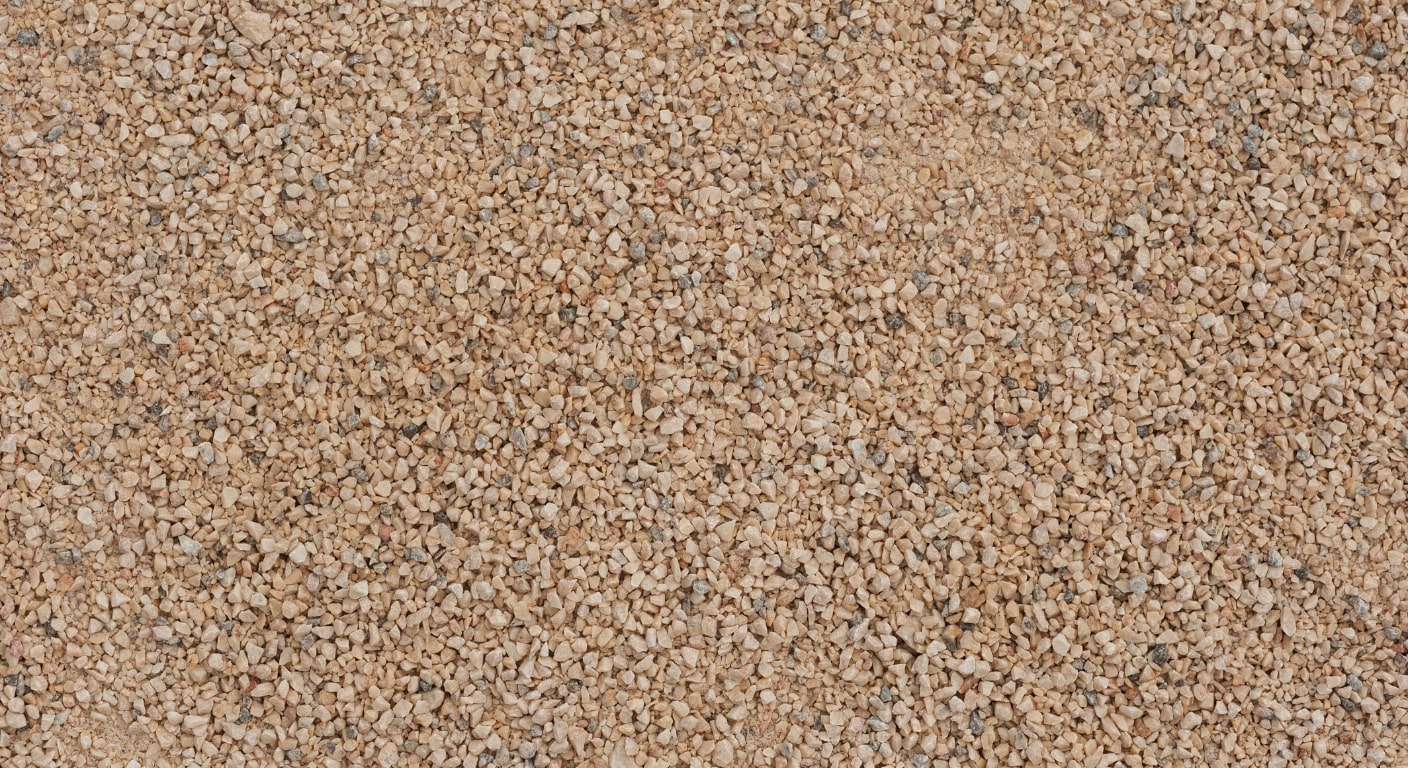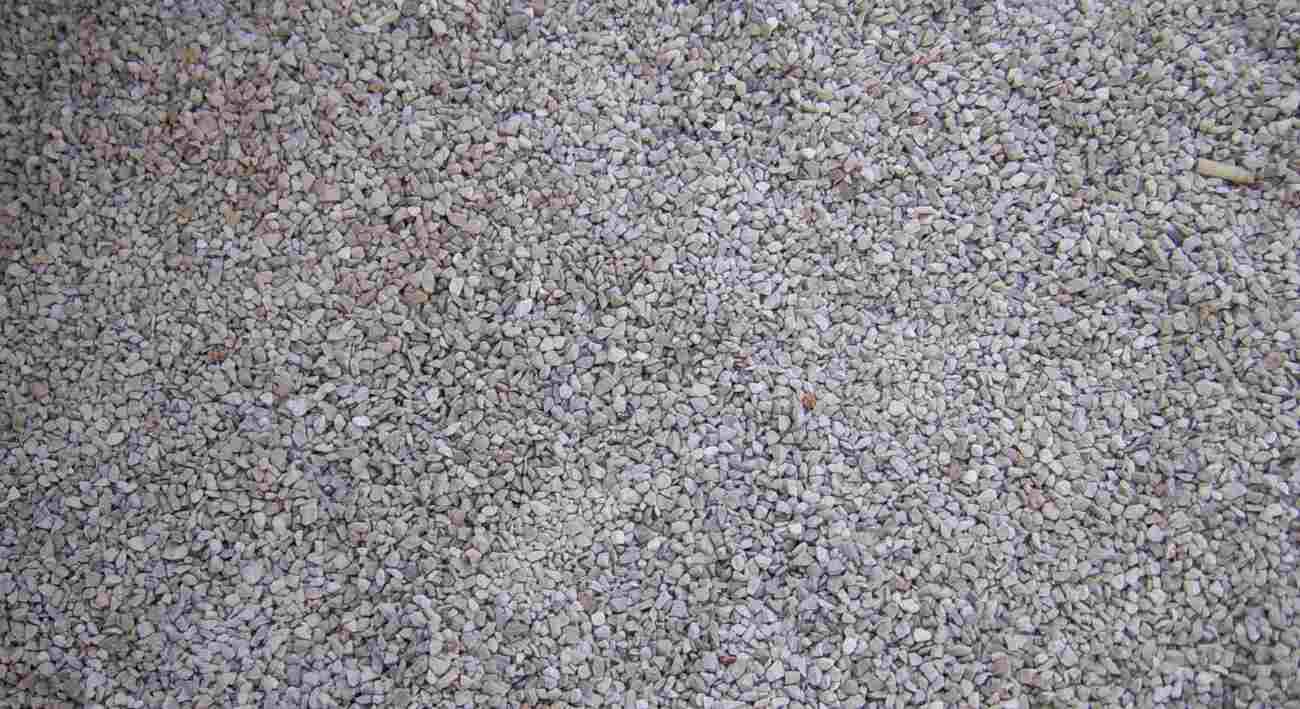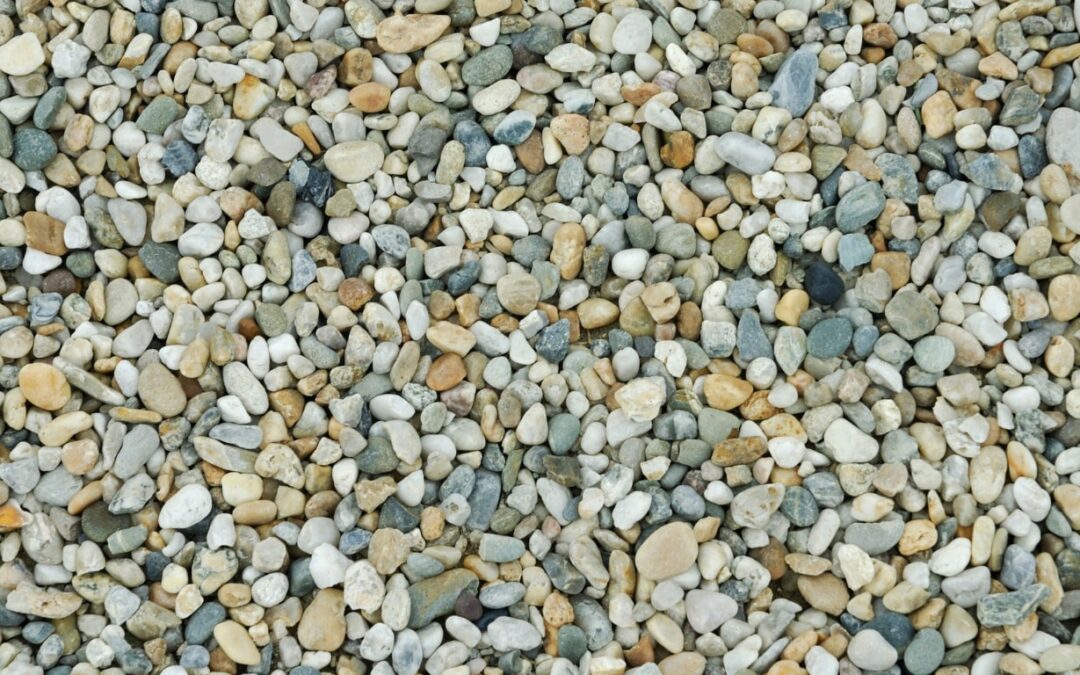Gravel is the most dependable material in construction and landscaping. However, choosing the right type of gravel is key to the success of any of these projects.
With this wide range of gravel grades and sizes, the big question is how to confidently select the right gravel for any project. In this ultimate guide, we explore the differences between gravel grades, how sizes are classified, and why proper selection is critical for successful outcomes.
Understanding Gravel Grades
Gravel grades refer to the different classes of gravel, often categorized based on their particle sizes as measured using an aggregate classification methodology. There are two main types of classification methodologies used in gravel grades, including the ISO and the Udden-Wentworth scale.
Udden-Wentworth Scale
The Udden-Wentworth scale was developed by geologists Johan August and Chester K. Wentworth. The scale classifies sediment particles based on their sizes. Even though the Udden-Wentworth scale is quite technical, it provides a detailed framework for categorizing gravel as particles as small as 2mm to 64mm in diameter. It is more precise and standardized, and it gives rise to the following categories.
- Granules, measuring 2mm to 4 mm
- Pebbles, measuring 4mm to 64 mm
- Cobblestones, measuring 64mm to 256 mm
- Boulders, measuring more than 256 mm
International Organization for Standardization ISO 14688
The International Organization for Standardization (ISO) is a less-specific aggregate classification method that defines gravel in its most general form as any type of coarse soil consisting of rock fragments. The ISO classification method grades gravel from 2mm to 63mm, and anything finer than 2mm is considered dust or sand, and anything coarser than 63mm is considered a cobble or boulder.
Under the ISO classification methodology:
- Fine gravel is also called pea gravel, and it refers to any gravel size greater than 2mm but less than or equal to 6.3mm.
- Medium gravel is any gravel size containing particles that are larger than 6.3mm but smaller than or equal to 20mm.
- Coarse gravel refers to any gravel consisting of particles measuring between 20mm and 63mm.

How Grades Are Determined by Shape and Use
Gravel can also be categorized based on their shapes, which gives rise to the following categorization.
- Pea Gravel: Pea gravel is small, rounded stones that have a smooth texture. They are best suited for pathways, driveways, and decorative purposes.
- Crushed Stone: Crushed stone is a gravel grade achieved by crushing larger stones into smaller, angular pieces. The angular shape makes it most suitable for roads, construction projects, and driveways.
- River Rock: River rock consists of smooth, rounded stones. The shape is made naturally by water over time and is most suitable for use in water features, landscaping, and as decorative accents.
- Granite Gravel: Granite gravel is made from crushed granite, making it more durable and more suited for high-traffic areas like walkways and driveways.
Base Rock Sizes: The Foundation for Every Job
The right base rock sizes are critical for the long-term stability, optimal compaction, and proper drainage of any construction or landscaping project. Understanding the role of each base rock size is crucial for the success of your project.
Common Base Rock Sizes and Their Uses
- 3/4-inch Base Rock: This base rock size is suitable for residential patios, walkways, and driveways. The small size balances compaction and drainage, making it more suitable as a solid base for concrete or pavers.
- 1-1/2-inch Base Rock: Bigger base rock sizes are suitable for areas with heavier load requirements, like parking lots and road beds, because of proper drainage and compaction under pressure.
- 2-1/2-inch or Larger Rock: Also called the “drain rock” or “pit run,” these large rocks are suitable for road sub-bases, large foundations, and areas prone to water damage.
How Size Affects Compaction, Drainage, and Stability
If you are looking for base rock sizes that compact tightly, create a dense, and stable surface, then you are better off with smaller base rock sizes. Larger base rock sizes are suitable for areas that need extensive drainage.
Gravel Specs: What to Look For
Gravel specs are a critical consideration when choosing the right material for your construction or landscaping project. Gravel is a term that refers to the collection of rock fragments of different sizes and colours. Gravel refers to any coarse soil that has grain sizes measuring between 2mm and 63mm. You can get gravel naturally from riverbeds or from controlled quarrying processes.
Key Gravel Specs to Consider
- Gravel Size: The size of gravel depends on your project. For instance, ¾” is good for driveways, and #57 gravel size is good for road sub-base.
- Gravel Shape: Angular rocks or rounded stones are common gravel shapes, and they determine the level of stability in a construction project.
- Cleanliness: Clean gravel is without fines like silt, clay, or dust that are a hindrance to compaction and drainage.
- Durability: The sizes, shape, and cleanliness levels of gravel are what define their use in areas, such as those designed for long-term use.
How to Interpret Supplier-Provided Specs
Suppliers often include gradation reports in their gravel batches to show compaction rates or Proctor test results that confirm if they meet engineering standards. The details should match your material needs and number specs.
Selecting Gravel: Matching Material to the Project
The type of gravel chosen for a construction project can make or break that project, as it ensures you do not have durability, functionality, and visual issues.
Practical Tips
- Drainage Projects: Crushed stone #57 is the best gravel grade for drainage projects due to its size and angular shapes.
- Pathways and Walkways: Pea gravel grade size 3/8” is a popular choice for walkways and pathways because of its smooth texture and comfortable footing.
- Landscaping and Decorative Use: River rock can add colour and texture to your garden beds or garden borders, and it will work well for aesthetic applications.
- Heavy Load Areas: When selecting gravel for driveways or construction access roads that experience heavy-duty uses, crushed stone #3 or #4 is the most suitable.
Factors to consider
- Load Requirements: When selecting gravel, load requirements define gravel selection, such as choosing angular gravel for stability.
- Climate: Selecting gravel that can withstand freezing temperatures is critical, especially for the sake of proper drainage.
- Aesthetics: Selecting gravel with natural earth tones or bold decorative stones is one way to enhance that aesthetic appeal.
- Budget: Almost always, the budget is a factor to consider when selecting gravel. There is a different cost for each gravel grade and size.
Aggregate Classification: Industry Standards and Best Practices
Aggregate classification is at the heart of every construction project. It is the major factor that ensures that every material you use meets safety, compliance, and performance standards that define the construction industry.
Here is a glimpse of how industry bodies classify aggregates.

How Aggregates Are Classified by Industry Bodies
- ASTM International: ASTM International classifies aggregate based on size and uses number designations. Standard size ranges based on mechanical sieve analyses and screenings as used in the construction industry.
- Department of Transportation (DOT): Every state has a DOT that issues specific aggregate classifications for road bases, structural fills, and asphalt mixes as they align with federal guidelines.
- Local Standards: Regional agencies or municipal agencies can adopt classifications to suit local geology and climate needs.
Why Proper Aggregate Classification?
Aggregate classification, as defined in ASTM C33, offers an assurance of the quality of aggregates. Proper aggregate classification directly affects the performance of other construction materials, such as iron and steel reinforcements. Such aggregates enhance the bond between concrete and reinforcements, thereby reducing the risk of structural failure and corrosion.
Need Help Choosing the Right Gravel for Your Project?
The right gravel grade and size is not simply a matter of preference. It is an essential consideration that will guarantee the longevity, strength, and performance of your project. Whether it is a driveway, a road foundation, or drainage, understanding aggregate classification and gravel specs will help you make informed choices and save time, money, and effort.
Do not take risks with your construction project. Consult with our material experts to get project-specific recommendations. Contact Roblar Quarry for technical support, quotes, and further guidance on aggregate classification.
FAQs: Gravel Grades, Specs, and Aggregate Classification
1. What are gravel grades and why do they matter?
Gravel grades aren’t just a nerdy chart—they’re the difference between a driveway that lasts and one that turns into a pothole farm. The grade tells you particle size and type, which directly impacts compaction, drainage, and whether your project stands up or falls apart.
2. How do I choose the right base rock size?
Skip the guesswork—if it’s a driveway, patio, or heavy-traffic base, ¾” crushed stone with fines is the sweet spot. Too small and it shifts, too big and it won’t lock; the right base rock size is the backbone of stability.
3. What gravel specs should I consider for my project?
Specs aren’t fluff—they’re survival rules. Look at the shape, gradation, and load-bearing ability of the aggregate, plus drainage and soil conditions, because the wrong gravel spec means you’ll be redoing the whole thing next spring.
4. How does aggregate classification affect material choice?
Aggregate classification is like a matchmaking service—size, shape, and gradation determine whether your gravel locks tight for strength or drains like a sieve. Ignore it, and you’ll pick the wrong material for the job every time.
5. Can I use the same gravel grade for different types of jobs?
You wish. Sure, ¾” crushed stone works for driveways, drainage, and concrete sub-bases, but try walking barefoot on it and you’ll regret it. Walkways, patios, and finish layers demand smoother grades—one size doesn’t fit all in the gravel game.
